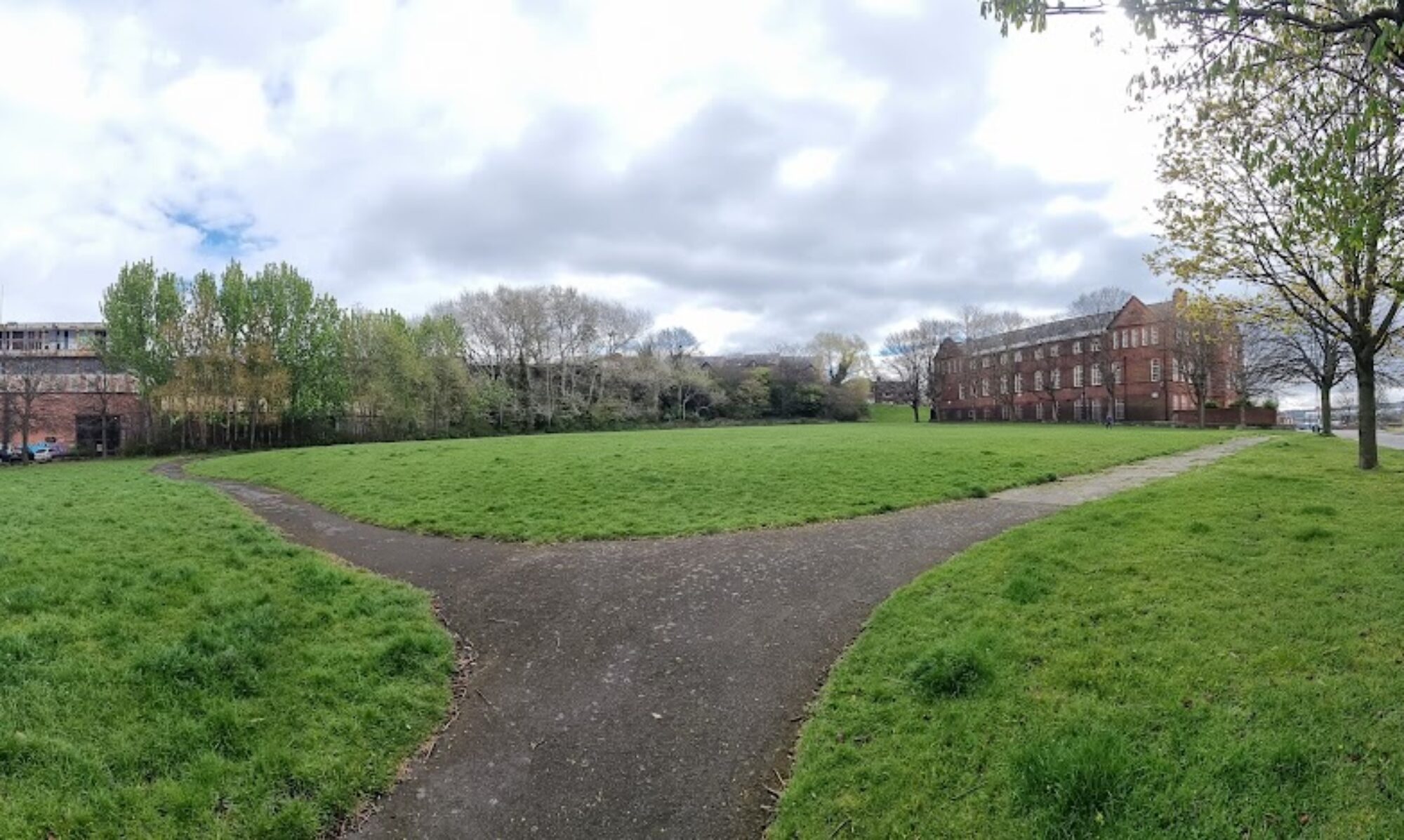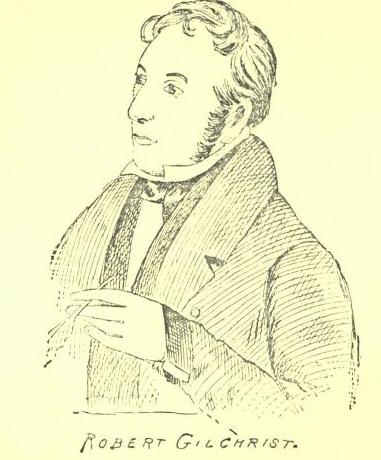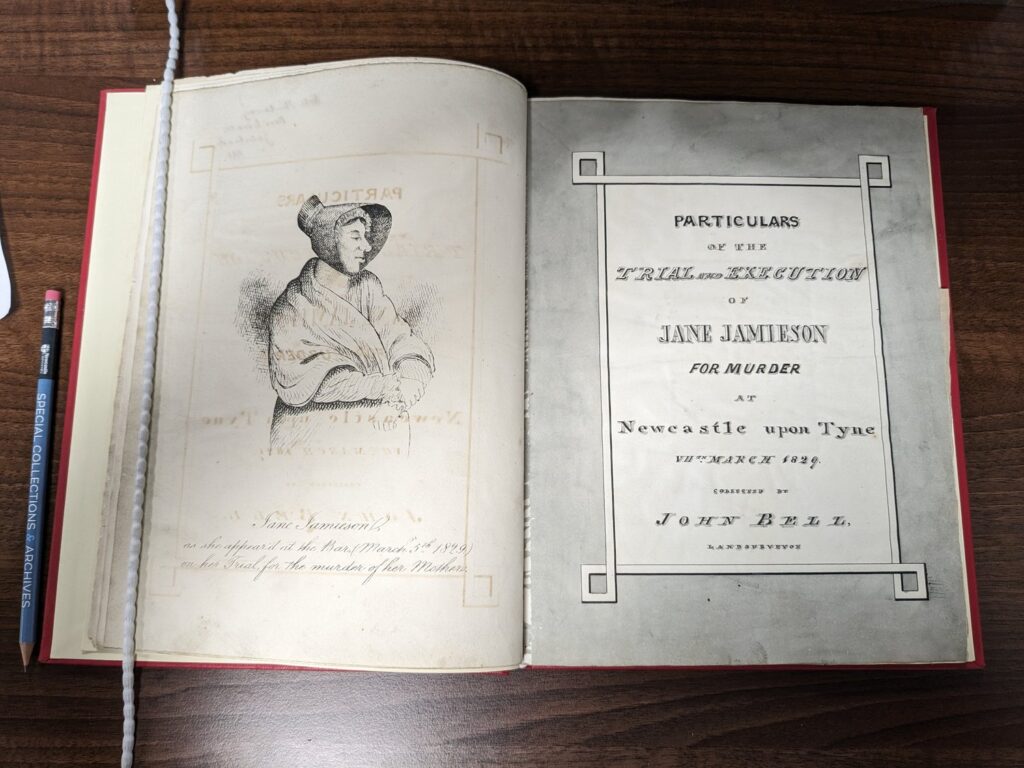Eleanor Strachan, aged 14, was buried at Ballast Hills on 14 March 1853, the last year it was open for interments. She died at Windmill Hills, an area of Gateshead which was home to other notable non-conformist families at the time. Two of Eleanor’s siblings, Elizabeth and William, who died within days of each other in October 1853, aged 16 and 17 respectively, were buried in Westgate Hill Cemetery. Eleanor was one of ten siblings, eight of whom predeceased their parents, John and Marion (Mary Bell) Strachan, who died within weeks of each other in 1881 and 1882. On the parents’ headstone, also in Westgate Hill Cemetery, it states, ‘Six of their children sleep elsewhere.’ It is likely that some or all of these children were buried at Ballast Hills.
Eleanor’s father, John (1806–1882), was a ship broker, living at Woodville House, Broomhaugh, Riding Mill, Northumberland, at the time of his death. The family had previously lived in Cumberland Row, now demolished, in the area of Westgate Hill around Summerhill Square.
The Strachan family originated from Culross in Perthshire. Henry Strachan (1732–1815), Eleanor’s great-grandfather, moved to Newcastle as a young man and was a keelman, living alongside other Tyneside keelmen in Sandgate, an overcrowded area outside the city walls. At the time of his death, he was ‘Assistant Clerk to the Society of Keelmen.’ He was buried at Ballast Hills on 18 February 1815. This entry, number 269, on the 1929 BHBG gravestone inscription list reads, ‘The burial place of Henry Strachan, keelman and family where lie his two wives, children and children’s children too numerous to mention.’ The family were members of the non-conformist United Secession Church, a Scottish Presbyterian denomination. Henry Strachan already held the position of elder when the Clavering Place Chapel was formed in 1802, formerly the Postern Chapel. All his children had been baptised at The Close Chapel in Newcastle.
Several of Eleanor’s uncles and great-uncles were keelmen and river pilots. One was a ship’s master (captain) and another a ship’s accountant. Henry Strachan (1773–1841), her great-uncle, was a Tyne River pilot and on 7 October 1826, together with one of his sons, he risked his own life to save the lives of a tide surveyor and four boatmen whose customs boat had capsized, upset by the heavy surf caused by the Hero steam packet. He was awarded a silver medal by the RNLI for his bravery. The daughter of one of the boatmen gave him a gold ring ‘in grateful thanks.’
Barbara Phillips-Kerr
August 2025
With thanks to Vivien Millet, a descendant of Henry Strachan (1773–1841), for all her research, which can be found on the Ancestry website.



